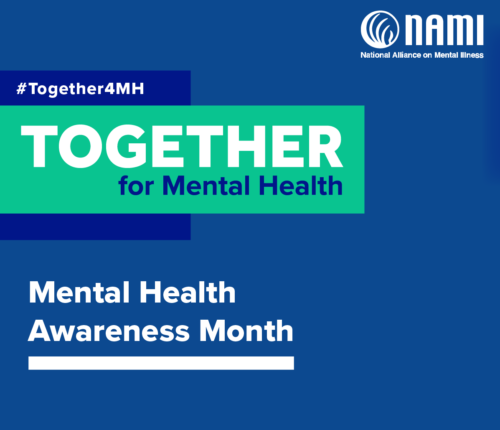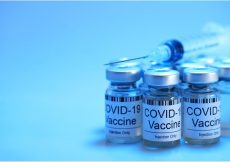May 9th, 2022
May is Mental Health Awareness Month.
For last week’s observance of Children’s Mental Health Awareness Week (May 1-7), the National Federation of Families replaced the word “awareness” with “acceptance”:
In December of 2021, the Surgeon General issued an advisory highlighting the urgent need to address our nation’s youth mental health crisis. The advisory underscores the importance of our new campaign message – that it’s time to move beyond awareness and into acceptance – for multiple reasons.
1. To accept that 1 in 5 youth experiences a mental health challenge
2. To accept that mental health challenges must be met with understanding and support
3. To accept that prejudice and discrimination toward individuals who experience mental health challenges create a barrier to seeking treatment – and it must be eliminated
4. To accept that our youth are facing serious challenges ahead that need to be addressed
5. To accept that the future wellbeing of our country depends on how we support and invest in the next generation
We’ve all witnessed the devastating impact COVID-19 has had on the mental health and wellbeing of our kids. “Young people with soaring rates of depression, anxiety, trauma, loneliness, and suicidality that will have lasting impacts on them, their families, and their communities” was a big reason why the American Academy of Pediatrics declared a national emergency in child and adolescent mental health last October. Moriah Balingit found confirmatory evidence of a pediatric mental health crisis:
The Centers for Disease Control and Prevention is warning of an accelerating mental health crisis among adolescents, with more than 4 in 10 teens reporting that they feel “persistently sad or hopeless,” and 1 in 5 saying they have contemplated suicide, according to the results of a survey published [in March].
“These data echo a cry for help,” said Debra Houry, a deputy director at the CDC. “The COVID-19 pandemic has created traumatic stressors that have the potential to further erode students’ mental well-being.”
Anxiety, depression, and other mental illnesses in youngsters are up. Eating disorders are out of control, especially in adolescent girls. Violence and firearm injuries have increased and taken a toll on our young people. The damage, Balingit discovered, has not been equally distributed:
In a news conference, Kathleen A. Ethier, head of the CDC’s division of adolescent and school health, said the survey results underscored the vulnerability of certain students, including LGBTQ youth and students who reported being treated unfairly because of their race. And female students are far worse off than their male peers.
“All students were impacted by the pandemic, but not all students were impacted equally,” Ethier said.
It’s not hard to figure out why children’s mental health is a susceptible target when life gets difficult:
The CDC survey paints a portrait of a generation reeling from the pandemic, grappling with food insecurity, academic struggles, poor health and abuse at home. Nearly 30 percent of the teens surveyed said a parent or other adult in their home lost work during the pandemic, and a quarter struggled with hunger. Two-thirds said they had difficulty with schoolwork.
But the survey also offers hope, finding that teens who feel connected at school report much lower rates of poor health. The finding calls attention to the critical role schools can play in a student’s mental health.
The pandemic isn’t the only reason for rising rates of mental illness in the youth population. It’s just part of a growing trend of despair that we will examine tomorrow on The PediaBlog.




































